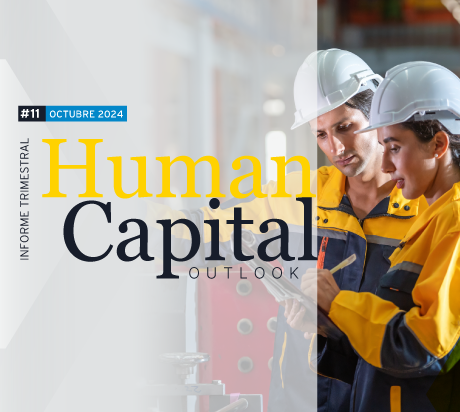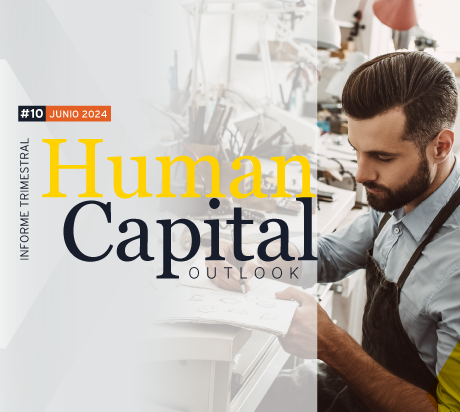The Human Capital Outlook, the quarterly publication of the EY Sagardoy Talent and Innovation Institute, offers an analysis of employment trends within a key economic context. This edition highlights post-pandemic economic stabilization, the reduction of inflation, and the impact of interest rate increases and rising labor costs—driven by higher social security contributions and agreed salary increases.
Quarterly Labor Market Observatory
This edition analyzes employment trends in Spain up to May 2023. The first section of the report highlights a strong pace of job creation at the start of 2023, following the slowdown experienced in 2022. The second part addresses the divergence between employment growth and the number of hours worked, noting that although employment is increasing, the rate of effective working hours remains lower than pre-pandemic levels.
The report also expresses concern over the rise in inactivity among those classified as employed. The third section continues to monitor the impact of the 2021 Labor Reform, noting that the rate of transition from employment to unemployment remains stable, with no significant changes during its first year of implementation. Finally, the report analyzes gender differences in employment and working hours, observing a post-pandemic reduction in gender gaps and increased female representation in management positions.
Legal and Labor Developments
In this section, Sagardoy Abogados reviews the most relevant legislative and case law developments. It includes an analysis of the legal provisions adopted during the second quarter of 2023, as well as pending legislative proposals, whose parliamentary process has been interrupted due to the general elections. Particular attention is given to Royal Decree-Law 5/2023, which amends both the Workers’ Statute and Law 36/2011, with implications for work-life balance and the structure of commercial companies.
The section also includes an analysis of the Fifth Agreement for Employment and Collective Bargaining (V AENC). As for recent case law, the report highlights a new interpretation of the concept of indirect discrimination, emphasizing the relevance of the percentage of individuals affected in determining whether an adverse effect exists.
Human Capital Trends: Artificial Intelligence and Its Application in Human Resources
This section on Human Capital Trends, prepared by the People Advisory Services team at EY, addresses the growing presence of Artificial Intelligence (AI) in the field of Human Resources, with a focus on its impact on talent management. Beyond the automation of repetitive tasks, AI represents a significant leap forward in the delivery of HR services.
The report analyzes AI applications for HR professionals and employees alike, and explores the challenges and risks associated with its implementation, including regulatory issues and potential harm to organizations.
Quarterly publication prepared by the EY – Sagardoy Talent and Innovation Institute


